You may have heard of the phrase ‘anatomy of a sneaker’ for at least once. It’s not a common phrase among those that are not sneakers enthusiasts. Out of curiosity, you still sometimes want to know the name of some parts of your sneakers even though you are not a sneakerhead.
Occasionally, when some sneaker fans visit a sneaker review site or just a sneaker site, there may be some words/sneaker jargons they don’t know but would like to know what they mean. If you are one of those fans, then this content is a must-read for you.
So, if you want to be filled in on all the jargons that sneakerheads have been saying when you read their reviews or watch their videos, keep reading.
A sneaker has many parts. In general, we have an upper, inner sole, midsole, and outsole.
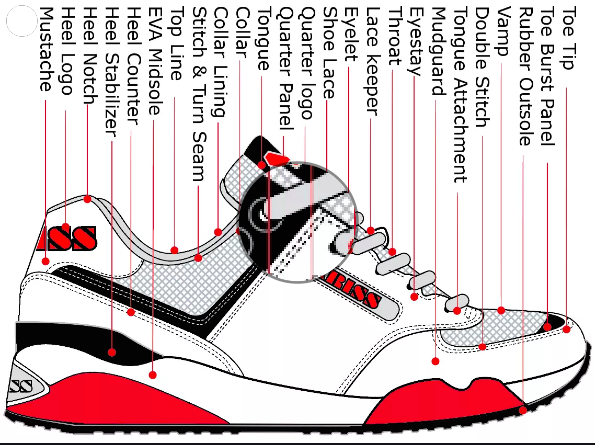
The Upper
The upper part of a sneaker is the one designed to cover the foot from the toe to heel. It houses the foot. It can be stitched or glued to the sole and usually made with interwoven parts. One of its functions is to keep the foot secure to the sole. The material used for the upper can be a breathable polymer, canvas, leather, etc.
From the upper, we have:
Toe Box: The toe box is the area that houses the toes at the front of the upper. The part is usually reinforced to provide more protection and give the upper more ability to withstand wear and tear. It can be decorated sometimes to look more appealing.
Vamp: Vamp is usually the area that extends from the end of the tongue to the top of the toe area. It may sometimes feature perforations to allow an inflow of air.
Eyelets: Eyelets are the holes through which shoelace is threaded.
Eyestay: Eyestay is the part that features the eyelets
Shoelace: A shoelace is a string-like material used for customisation of fits. It keeps the tongue in the right position on the instep thereby keeping the foot stabilised and secured. A wearer can do his/her shoelace by threading it through the eyelets alternately. It can often be adjusted and tightened, depending on the fit the wearer wants.
Aglet: Aglet is at the end of a shoelace. One of its functions is preventing the lace from fraying.
Tongue: It’s the part that covers the instep. The shoelace supports the tongue to keep the foot locked in securely. Some tongues can be padded to provide a smooth feel on the instep.
Forefoot: Forefoot is the area at the bottom of a shoe and it is where the ball of the foot sits.
Heel: The heel is found at the rear of a shoe.
Heel Counter: Heel counter is the material that stiffens and reinforces the heel for additional support.
Lining: Lining is the inside of the upper that makes direct contact with a foot. It is usually constructed to be lightweight and breathable.
Collar: The collar can be found in the opening area of a shoe. It’s the area that wraps around the ankle. it’s often padded to provide more cushion and comfort.
Pull Tab: Some sneaker has pull-tab on the heel to enable easy wearing.
Foxing: Foxing is the material that joins the upper part to the sole
Medial: Medial is the name given to the arch side of a shoe. It’s the inner part of the outsole
Lateral: Lateral is the opposite of medial. It’s the part of the outsole that faces the outward. It can also be recognised as the non-arched side.
The Nike Air Max 95 below shows a good example of medial and lateral.
Nike Air Max 95
The Sole
The sole of a sneaker is the part glued or stitched to the upper. It is usually made to be durable and able to withstand wear and tear. The tougher the sole, the more durable the sneaker will likely be.
A sole can be made from carbon rubber or blown rubber. Sometimes, a sneaker sole can be made with both carbon rubber and blown rubber. Carbon rubber tends to be more durable and able to withstand wear and tears. So, it’s often used for the part of the sole that feels more pressure or takes more wear. On the other hand, blown rubber is an air injected rubber that’s less durable. It can often be used for the part of the sole where flexibility is needed the most.
Outsole: The outsole is the part of the sole that makes direct contact with the surface. You can say, it’s the rubber that covers the outer part of the sole.
The Insole or Inner Sole
The insole is the part of a shoe that provides comfort to the foot inside the shoe. It’s the part that sits on the midsole. Every insole is made to provide extra comfort and support. The inner sole makes direct contact with the foot making it feel comfortable and supported. Another good thing about the insole is that it provides arch support. Some sneakers come with a moulded or fixed insole while some come with a removable insole. Sometimes, wearers buy insole of their choices separately.
Note: Another name for insole or inner sole is footbed.
Some footbeds are made for arch support, metatarsal and plantar fasciitis treatment. An example of such footbed is the Orthotic insole below.
Orthotic Insole
The Midsole
The midsole of a sneaker is a part of the sole. It sits between the insole and the outsole. The material is there to provide support and comfort when walking or running. The midsole is a shock-absorbing material that every athletic shoe has to have. Many brands even patented their technology for the midsole. Nike and Adidas are a good example of such brands. Nike Air Max line of sneakers have air-pocket in their midsoles as shown in the midsole of the Air max 95 above and Air Max 97 Essential below. For Adidas, Boost is one of the most, if not the most, popular midsole technologies they’ve ever made. Adidas commended the Adidas Ultra Boost sneaker as the best running shoe ever due to the success of the Boost midsole technology.
Many sneaker brands usually make the midsole from EVA (Ethyl Vinyl Acetate) or PU (Polyurethane).
Adidas Ultra Boost 19
Air Max 97 Essential
Hope you have now learned as much as you could about the Anatomy of Sneaker. Let’s assume you now know your sneaker parts better.
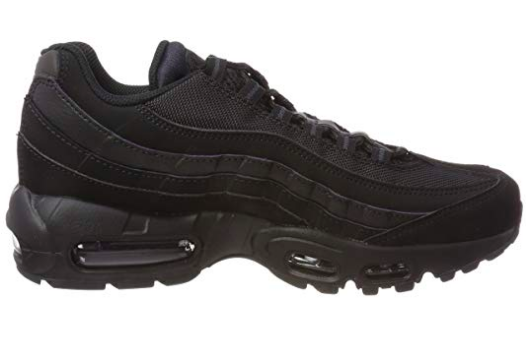

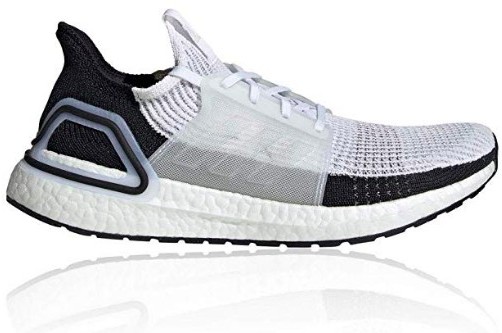


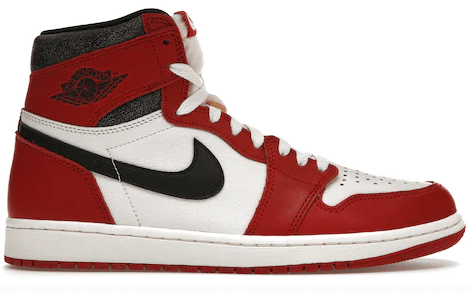




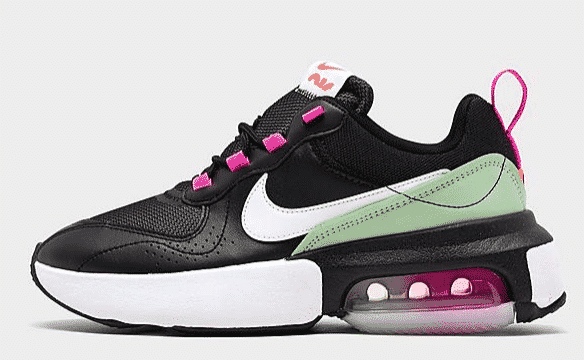






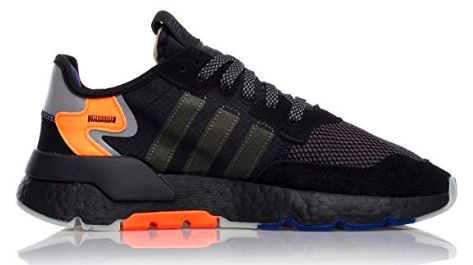

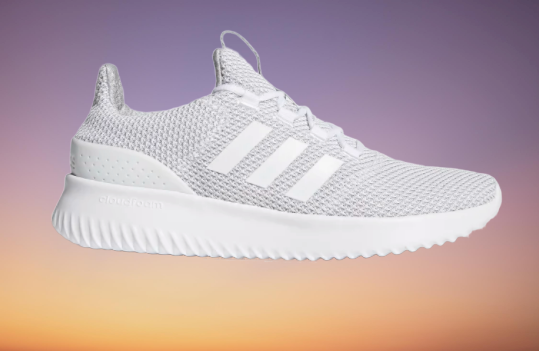
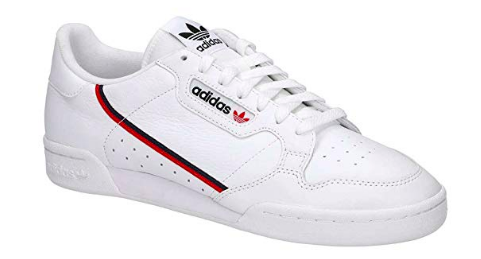
5 comments on “Anatomy of Sneakers”
Alisha
September 24, 2019 at 9:40 pmI never knew there was so much to learn about the anatomy of Sneakers! Your article definitely educated me!
I like to jog so I typically try to find a jogging shoe that has more cushion. Especially as I get older, I find that I need more cushion to relieve the impact.
My son is very athletic and he jogs, trains and plays Football. I will definitely be checking your website to find the best shoes for him. Thank you so much for your insight!
Alisha
Ayebogbon
September 24, 2019 at 9:45 pmThanks for popping by, Alisha. Jogging is awesome. Adidas Ultra Boost could do very well.
Richard Brennan
September 24, 2019 at 9:45 pmWell, that was a real eye opener!
I had no idea there were so many components to sneakers, it’s quite amazing when you think about it because I don’t think it was quite that sophisticated when I was younger a bit more ‘sporty’ (I’m 53 now!).
I used to do quite a lot of running and because I didn’t get top of the range speakers it must have jarred my joints a bit because I’ve got osteo-arthritis in my knees know and have become a little ‘flat footed’.
Do you think orthotic insoles would help with this? I still do a lot of walking but want something lighter to wear on my feet than walking boots.
Ayebogbon
September 24, 2019 at 9:54 pmYes Richard, Orthotic insole can help. Orthaheel Sport Orthotic Insole can also help.
Rebecca Gardner
July 29, 2020 at 3:32 pmThanks for explaining that the part of a shoe that covers from toe to heel is referred to as “the upper.” My husband has an old pair of shoes he wants to have repaired so he can start wearing them on special occasions, starting with his brother’s wedding at the end of the year. I’m glad I learned this info so we can be more informed when we start working with a shoe repair service!